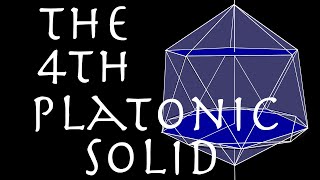Great truncated cuboctahedron
In geometry, the great truncated cuboctahedron (or quasitruncated cuboctahedron or stellatruncated cuboctahedron) is a nonconvex uniform polyhedron, indexed as U20. It has 26 faces (12 squares, 8 hexagons and 6 octagrams), 72 edges, and 48 vertices. It is represented by the Schläfli symbol tr{4/3,3}, and Coxeter-Dynkin diagram, . It is sometimes called the quasitruncated cuboctahedron because it is related to the truncated cuboctahedron, , except that the octagonal faces are replaced by {8/3} octagrams. (Wikipedia).




















